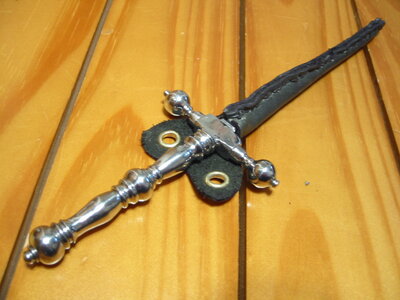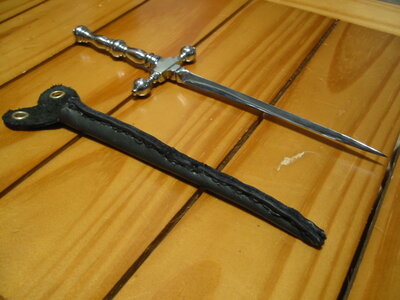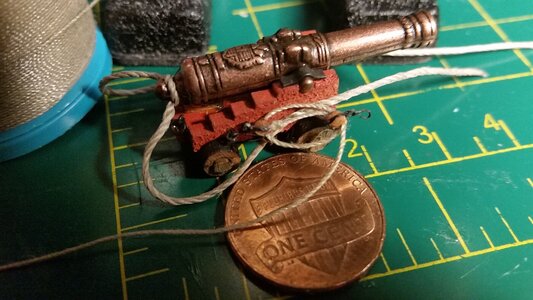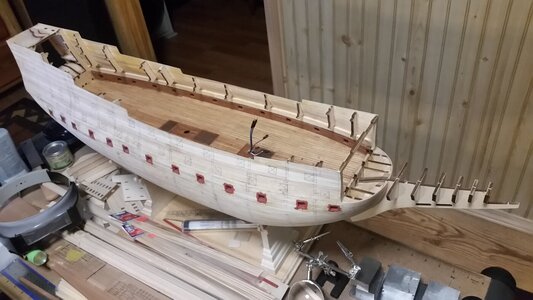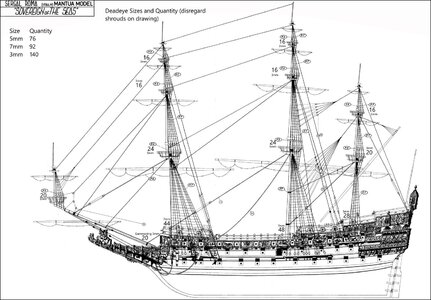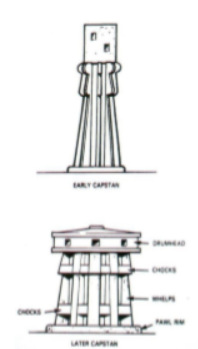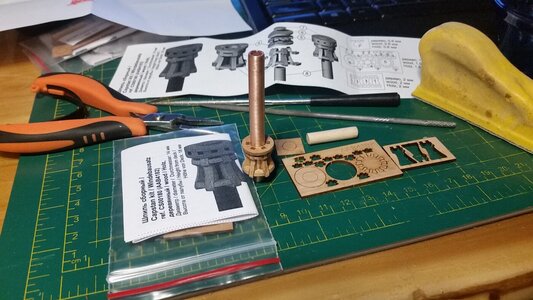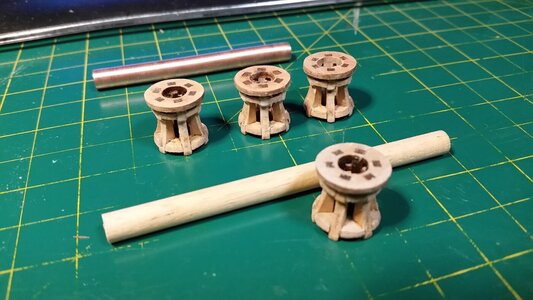It spins faster, and it was faster to set up in the drill press. I held the cutter with by the vise with my hands and could feel how the angle of the cutter and the applied pressure. The position of the cutter was precise using the drill press and vise. The weight of the cutter/vise and the easily broken dowel ensured that the cutter could not be grabbed by the wood and flung around the shop or into my body. Like Jimsky said, good judgement with regard to the forces involved and control of the cutter are important for safety. WOOD GRABS CUTTERS if the pressure is too high and/or the angle is leading too much. This why wood lathes have a solid rest close to the work, and the hand held cutters are long to provide leverage and control. In my example using the drill press, the table provided stable platform, allowing me to position the angle and cutting pressure with great precision. The small size of the dowel (small diameter) also was a factor. Four of the parts snapped off when too much pressure was applied. The parts created no force on the cutter when caught on the cutting edge. Doing large parts with a hand held cutter, like holding a small metal vise, would be unsafe because of lack of leverage required to maintain control. As a machinist, you have to judge carefully when to use techniques like this from a safety standpoint.an interesting way to turn the wood. Given that I know you have a lathe, may I ask why the drill press was chosen as apposite to a lathe? Is there any specific reason?
Last edited:




